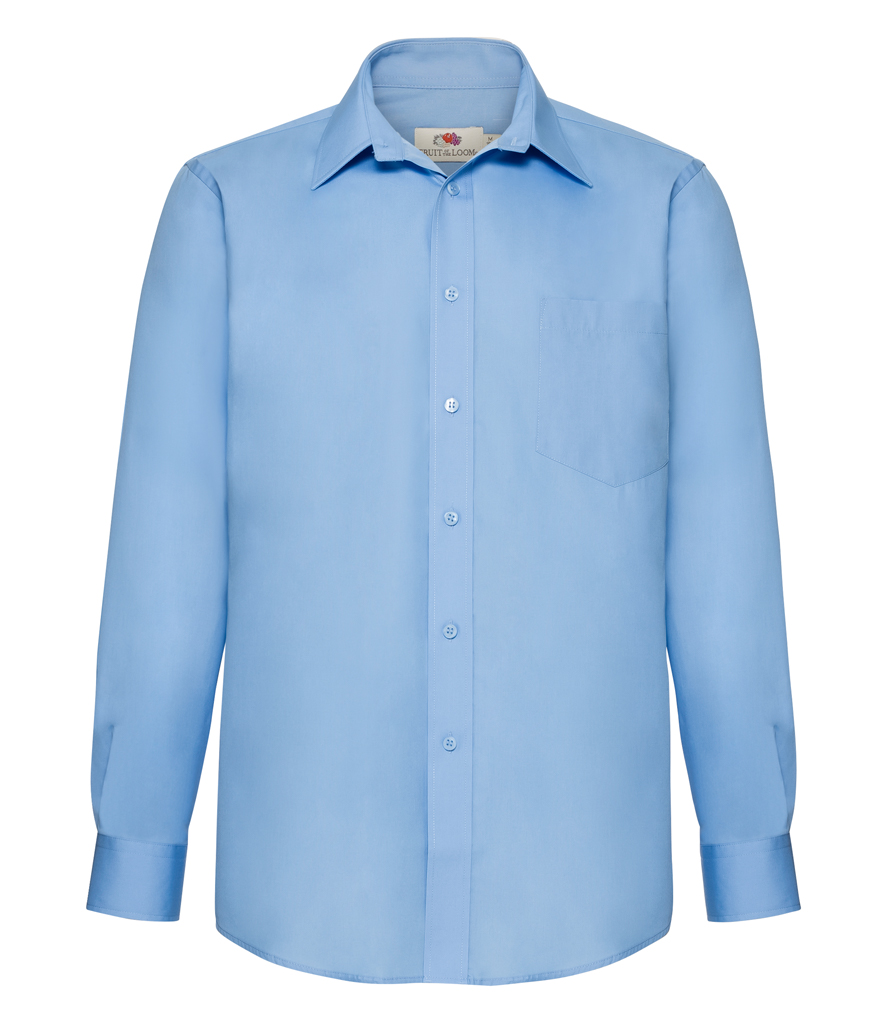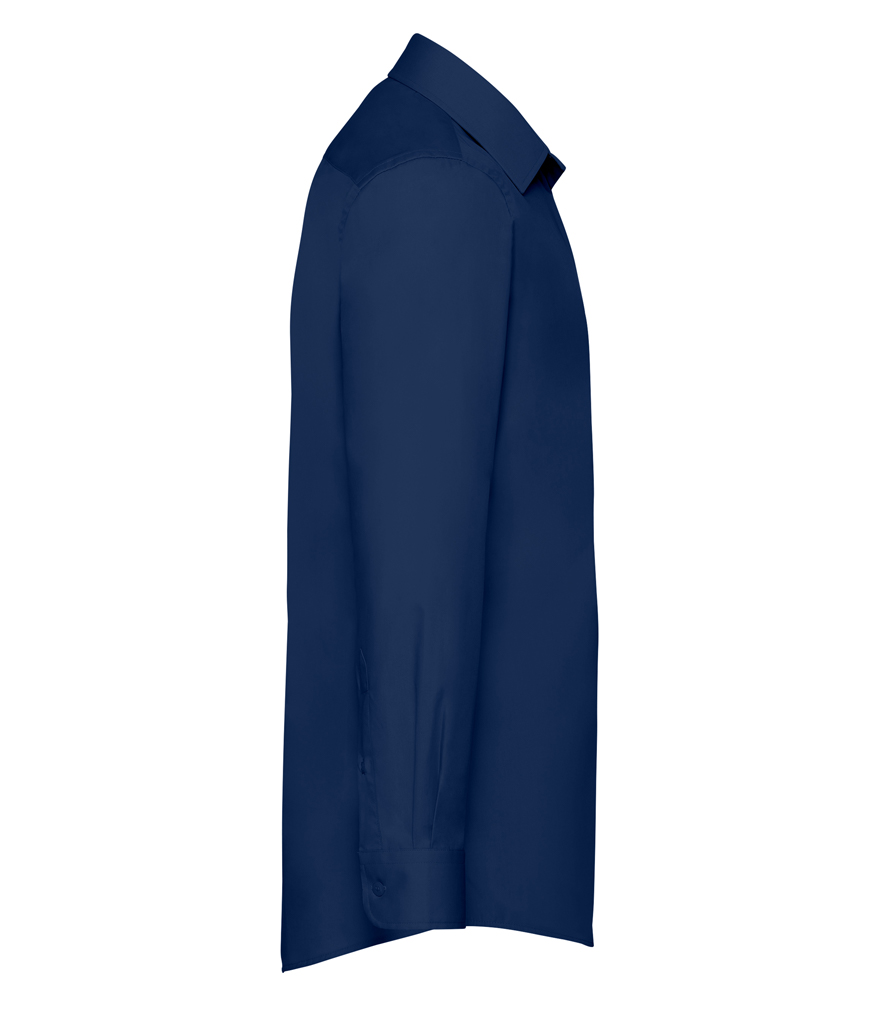When it comes to professional outfits, every little detail counts. From the fit of your suit to the shining appearance of your shoes. Of these important elements, the colour of your formal shirts and trousers is quite important. Understanding the psychology of colour and how it affects perception is more important than just personal taste.


Colours are strong meaningful communicators, which is why they may have these amazing effects on our mind and aura. Colours are a simple way to associate age, energy, and mood. Based on the colours you wear, one’s leadership temperament might even be interpreted as either serious or cheerful. To choose colours that best fit your unique style with custom clothing and that you are comfortable and confident wearing, follow these steps:
Comprehending Colour Psychology
Understanding the foundations of colour psychology is essential before focusing on any one colour. Different colours evoke different feelings and perspectives, which makes them effective communication tools. Below is a quick summary of some typical colour associations:
Blue: Often worn for business wear, blue is a symbol of professionalism, dependability, and trust. It looks professional and confident, which makes it perfect for formal situations.
Dark: Black is a timeless staple in business fashion, frequently linked to authority, power, and sophistication. It is attention-grabbing and has a polished appearance.
Grey: Grey is a neutral, adaptable colour that exudes professionalism, steadiness, and balance. It goes well with many different types of business settings and is simple to combine with other colours.
White: A classy and classic choice for formal shirts, white is a colour that represents purity, cleanliness, and simplicity. It conveys a feeling of professionalism and is frequently connected to accuracy and clarity.
Brown: A welcome diversion from standard business colours, brown expresses warmth, earthiness, and dependability. It works especially well in informal or creative work settings.
Beige/Khaki: Beige or khaki, with their delicate and understated elegance, exudes sophistication, warmth, and approachability. It’s a flexible option that looks good with a range of hues.
Here Are Some Pointers To Choose The Perfect Colours For Corporate Environment
Below is a thorough guide with recommendations to help you choose the ideal colours for your corporate fitting in to help you traverse this area of professional attire:
Think About Your Field and Company Culture
According to your industry and company culture, there may be differences in the appropriateness of different colours. Conventional colours like navy and charcoal grey may be more popular in conservative fields like law and banking.



Creative fields could provide greater freedom to choose colours that are stronger and more representative of your style. Combine your formal grey or navy shirt
White, Blue, Grey: Stick With Basics
A timeless classic, white formal shirts radiate professionalism and adaptability. They look great with practically every colour of trousers and accessories. Another important piece of business wear is light blue shirts, which stand for dependability and trust. They preserve a polished appearance and provide a welcome change from white. Grey shirts are quite adaptable and go well with a wide range of trousers for a polished appearance, whether they are charcoal or lighter in tone.
Try Adding Neutrals and Earthly Tones
Beige, taupe, and khaki are examples of neutral colours that can give your business attire warmth and depth. Earth tones give a distinctive twist to standard colours and give your ensembles a personal touch. Examples of these tones are mustard, rust, and olive green. For a unified and professional image, pair neutral shirts with trousers in similar hues.
Try Unique Colour Combinations
Even while traditional colours are a safe bet, don’t be scared to add vibrant accents to your business attire. Emerald green, burgundy, and sapphire blue are examples of rich jewel tones that can make a statement without sacrificing professionalism. For a refined look, pair colourful shirts as accent pieces with neutral-coloured trousers and accessories.
Consider the Texture and Fabric
The appearance and feel of colours can be influenced by the fabric and texture of your attire. Choose premium materials such as blends, cotton, or wool for a well-groomed drape. Try incorporating minor patterns, herringbone, or pinstripes as textures to give your clothes more visual appeal.
Establish Cohesion and Contrast
When matching shirts and trousers, look for contrast to provide visual appeal to your ensemble. For a well-balanced look, use lighter shirts with darker trousers and vice versa. To create a unified look, make sure your clothing’s colours and patterns go well together.
Examine Your Skin Tone
Your skin tone may go better with some colours than others. Warm-toned people could look their best in earthy colours like terracotta, camel, and olive green. Their complexion is enhanced by blue, grey, and plum tints that go well with their cool undertones.
Think Before You Accessorise
Shoes, belts, and ties are examples of accessories that can improve your business attire. Select accessories to add a little flair and that goes well with the colours of your shirt and trousers. To improve the overall appearance of your outfit, pay attention to details like texture, material, and finish.

Conclusion
It’s the art of selecting the appropriate colours for your formal shirts and trousers. It takes thought and trial and error. You may create polished and professional looks that make an impact at work by learning about the concepts of colour psychology, taking into account your industry and business culture, and experimenting with different colours and textures. Never forget to follow your gut, own your style, and wear every colour with assurance.


